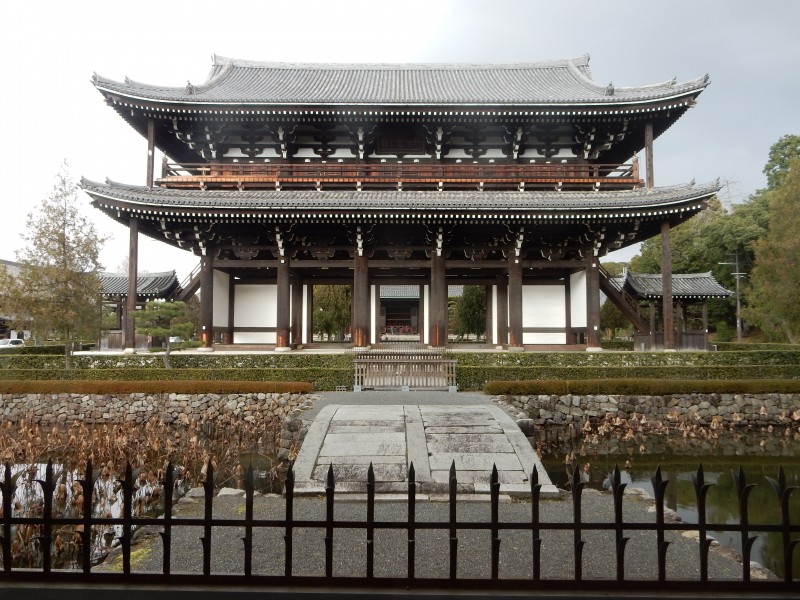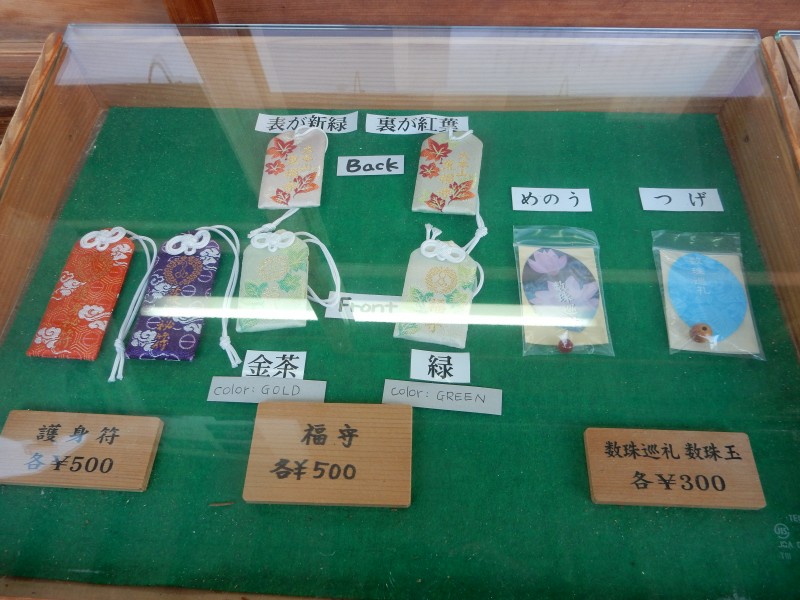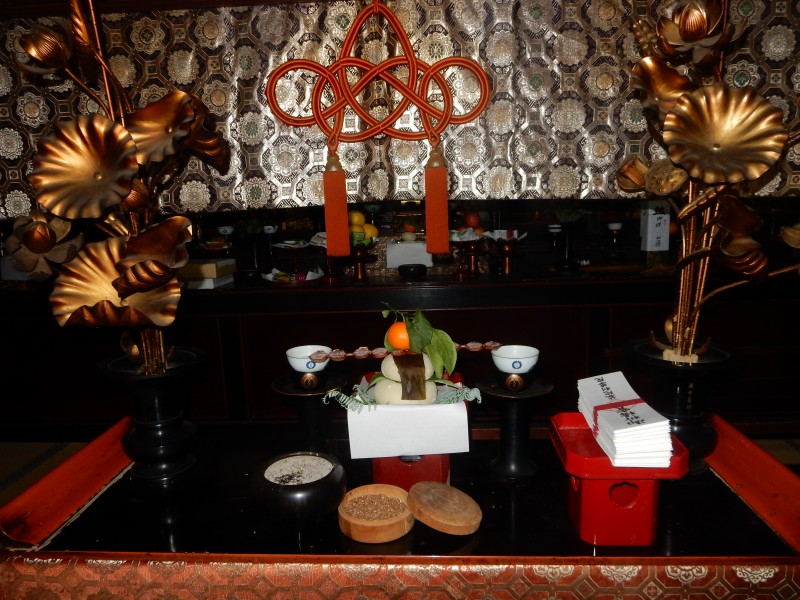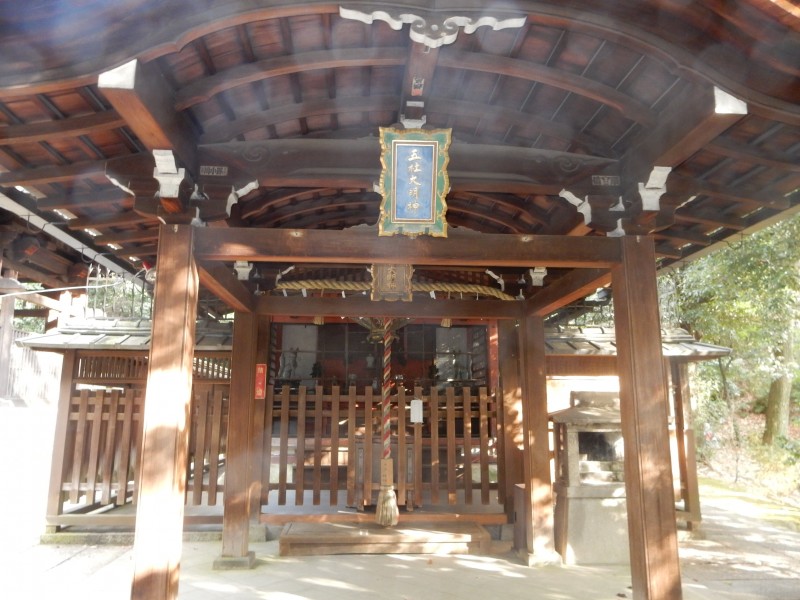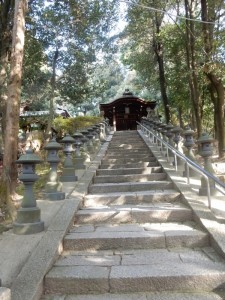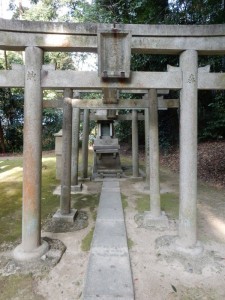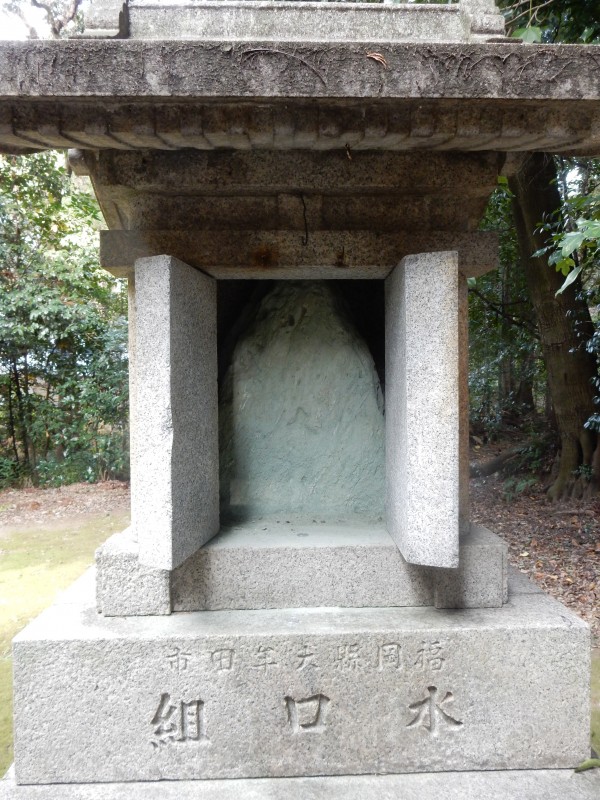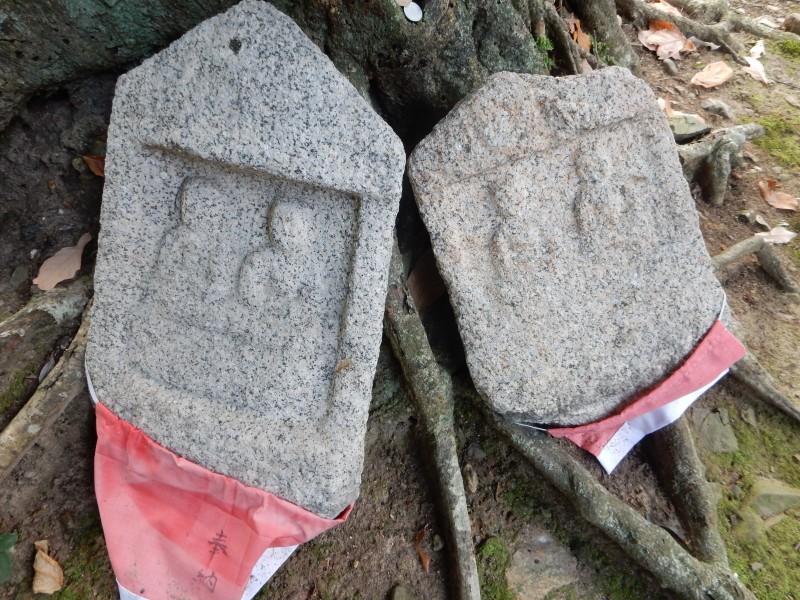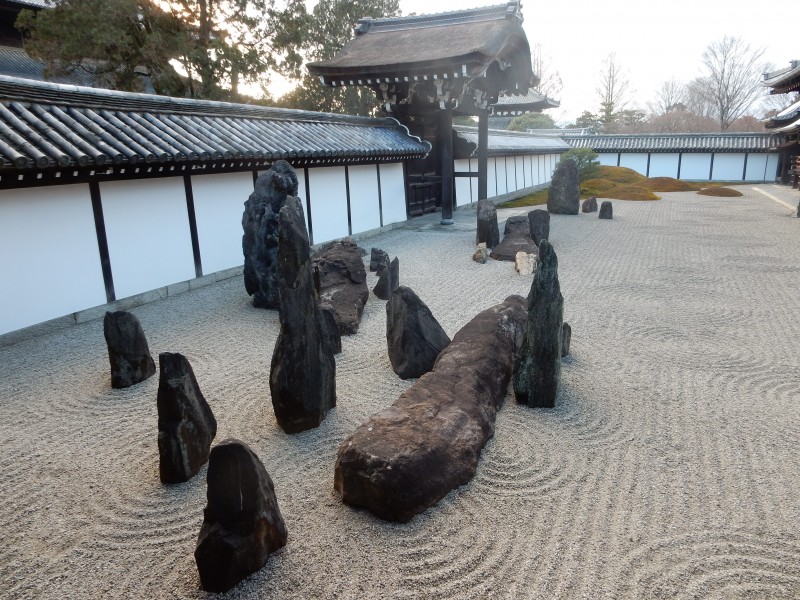The following is taken from Wikipedia, indicating how Buddhism and Shinto overlapped architecturally. The similarities are particularly acute in Zen, which lays great emphasis on the kind of exactitude and purity of form found in Shinto. One thinks for instance of dry landscape gardens and the use of plain gravel for shrine entrances, or the use of rocks as spiritual and symbolic features.
***************
https://en.wikipedia.org/wiki/Buddhist_temples_in_Japan
In Japan, Buddhist temples co-exist with Shinto shrines, and both share the basic features of Japanese traditional architecture. Not only can torii, the gates usually associated only with Shinto, be found at both, but the entrance to a shrine can be marked by a rōmon, a gate which is Buddhist in origin and can therefore very often be found also at temples.
Some shrines, for example Iwashimizu Hachiman-gū, have a Buddhist-style main gate called sōmon. Many temples have a temizuya and komainu, like a shrine. Conversely, some shrines make use of incense or have a shōrō belltower. Others – for example, Tanzan Jinja in Nara – may even have a pagoda.
Similarities between temples and shrines are also functional. Like a shrine, a Buddhist temple is not primarily a place of worship: its most important buildings are used for the safekeeping of sacred objects (the honzon, equivalent to a shrine’s shintai), and are not accessible to worshipers. Unlike a Christian church, a temple is also a monastery. There are specialized buildings for certain rites, but these are usually open only to a limited number of participants. Religious mass gatherings do not take place with regularity as with Christian religions, and are in any event not held inside the temple. If many people are involved in a ceremony, it will assume a festive character and will be held outdoors.
The reason for the great structural resemblances between the two lies in their common history. It is in fact normal for a temple to have been also a shrine, and in architectural terms, obvious differences between the two are therefore few, so much so that often only a specialist can see them.
Shrines enshrining local kami existed long before the arrival of Buddhism, but they consisted either of demarcated land areas without any building or of temporary shrines, erected when needed. With the arrival of Buddhism in Japan in the 6th century, shrines were subjected to its influence and adopted both the concept of permanent structures and the architecture of Buddhist temples.
The successive development of shinbutsu-shūgō (syncretism of Buddhism and kami worship) and of the honji suijaku theory brought to the almost complete fusion of kami worship and Buddhism. It became normal for shrines to be accompanied by temples in mixed complexes called jingū-ji (神宮寺 lit. shrine temple) or miyadera (宮寺 lit. shrine temple).The opposite was also common: most temples had at least a small shrine dedicated to its tutelary kami, and were therefore called jisha (寺社 temple shrines?). The Meiji era’s eliminated most jingūji, but left jisha intact, so much so that even today most temples have at least one, sometimes very large, shrine on their premises and Buddhist goddess Benzaiten is often worshiped at Shinto shrines.
As a consequence, for centuries shrines and temples had a symbiotic relationship where each influenced the other. Shrines took from Buddhism its gates (Mon), the use of a hall for lay worshipers, the use of vermilion-colored wood and more, while Chinese Buddhist architecture was adapted to Japanese tastes with more asymmetrical layouts, greater use of natural materials, and an adaptation of the monastery to the pre-existing natural environment.
The clear separation between Buddhist temples and Shinto shrines, which today is the norm, emerges only as a result of the shinbutsu bunri (“separation of kami and Buddhas”) law of 1868. This separation was mandated by law, and many shrine-temples were forced to become just shrines, among them famous ones like Usa Hachiman-gū and Tsurugaoka Hachiman-gū.
Because mixing the two religions was now forbidden, jingūji had to give away some of their properties or dismantle some of their buildings, thus damaging the integrity of their cultural heritage and decreasing the historical and economic value of their properties. For example, Tsurugaoka Hachiman-gū’s giant Niō (the two wooden wardens usually found at the sides of a temple’s entrance), being objects of Buddhist worship and therefore illegal where they were, were sold to Jufuku-ji, where they still are. The shrine-temple also had to destroy Buddhism-related buildings.



